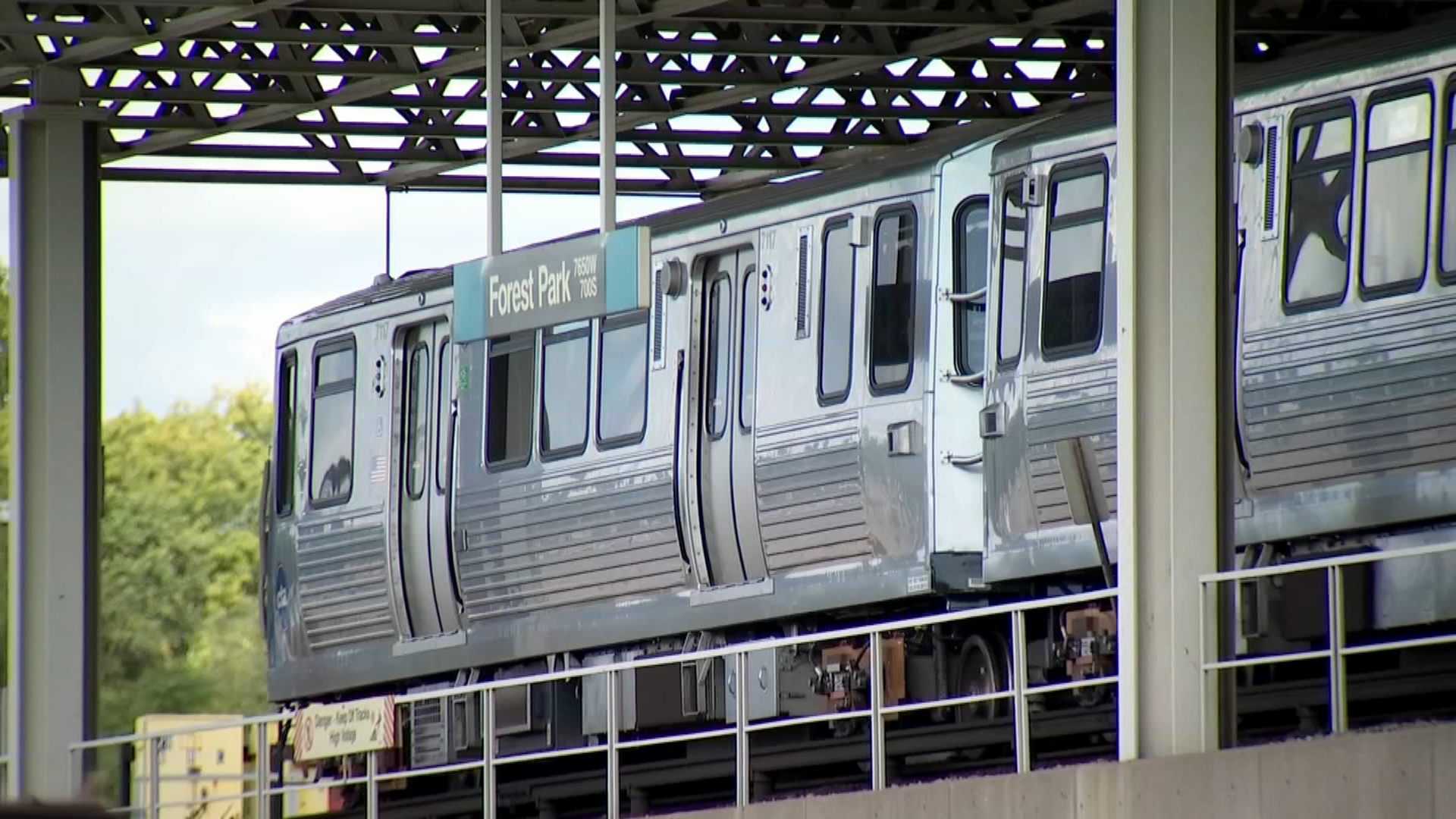NOTE: Unable to see Monday's "Great Conjunction?" You'll have another chance to see a similar sight this week. Read more here.
Whether you look up physically or virtually, there will be options for you to watch the "Great Conjunction" happen in the sky above the Chicago area tonight.
If Mother Nature allows it, that is.
The Adler Planetarium is hosting a virtual "hangout" for the Monday night event, offering up experts to answer questions during the rare celestial occurrence as well as potential live footage of the event itself, should it be visible.
The virtual stream will happen at 5 p.m. CST and can be viewed live in the player above.
For those hoping to see it in person, you'll want to watch the sky just after sunset, experts say.
"This will still be quite a striking sight, but you will need to look fast as both planets will set shortly after sunset," the National Aeronautics and Space Administration's website says.
Local
Those looking to see the "star" will want to look above the southwestern or western horizon after sunset, experts said.
In the Chicago area, the sunset will be at 4:24 p.m.
But according to NBC 5 Storm Team meteorologists, some clouds could obstruct the view in and around the city. The forecast looks to be mostly cloudy, but some breaks in the clouds are possible, which could provide a window for some viewers.
Here are some viewing tips from NASA:
- Monday night, find a spot with an unobstructed view of the sky, such as a field or park, as the two planets can be seen from most cities nationwide
- Look into the southwestern sky about an hour after sunset, which for Chicago is 4:24 p.m. Monday.
- If you looked before Monday, you could have seen that Saturn will be slightly fainter and appear just above and to the left of Jupiter. During the "Great Conjunction," Jupiter overtakes Saturn and the two reverse positions in the sky.
- Other planets are also potentially visible during the event, including Jupiter's four large moons orbiting the planet. Binoculars or a small telescope could aid in seeing the moons, NASA advised.
The so-called "Great Conjunction," or the moment when Jupiter and Saturn appear at their closest – "a tenth of a degree apart" – is set to be visible for the first time in hundreds of years, according to Chicago's Adler Planetarium.
The event is set to take place Monday, which also marks the Winter Solstice, bringing the shortest amount of daylight and the longest night.
"Throughout the first half of December 2020, you will be able to see these two planets appearing to draw closer together each night," the planetarium's website reads. "The best time to see them is about an hour after your local sunset time. At Chicago’s latitude, look to the southwest to see two close objects fairly low in the sky. The brighter one is Jupiter. The dimmer one is Saturn."
Though conjunctions happen roughly every 20 years, Monday's event will be historically close.
It will be the first Jupiter-Saturn conjunction since 2000, but the first time the planets will have been so close since 1623. It will also be the first time such a close conjunction has been observable since 1226, according to EarthSky.
Adler says that if two planets appear to "merge briefly," it is called mutual occultation, though the current conjunction may not appear quite so close.
"The last mutual occultation of Saturn by Jupiter was about 8,000 years ago," Adler's website reads.
Still, according to NASA, "while the two gas giants may appear close, in reality they are hundreds of millions of miles apart."
The event has been dubbed the "Christmas star," because some astronomers have theorized the “Star of Bethlehem” could have been a rare conjunction involving both Jupiter and Saturn.



